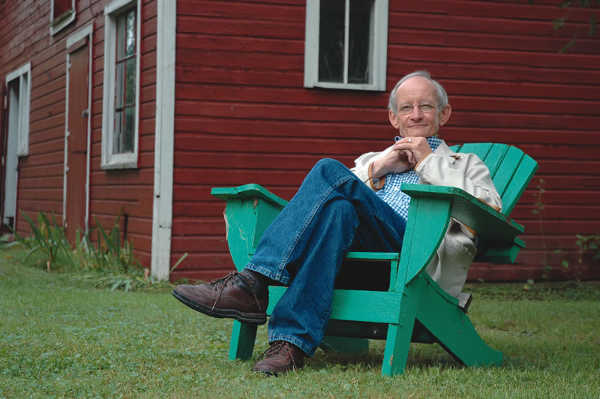- Middletown Art Center
Middletown Art Center hosts film screening, panel discussion Jan. 24
The evening will feature a screening of "Of the Sea" an award-winning feature documentary by TrimTab Media, about California commercial fisheries.
A trailer from "Ghost Fleet," a recently completed documentary film about slavery on Thai fishing boats will also be screened.
Following the screening will be a panel discussion about local seafood and fisheries policies with “Of The Sea” filmmaker Mischa Hedges and Journalist and former commercial fisherwoman Maria Finn.
This informative event is free to the public.
Both films explore the long-chain seafood often goes through to reach our plates and why it’s important to buy domestic seafood.
The United States currently imports 90 percent of its seafood, mostly farmed and from Asia, and exports 60 percent of our local, wild seafood.
The event hosts are Californians who brave the seas to harvest seafood, who will also discuss how the United States has some of the most sustainable seafood in the world, thanks to the Magnuson-Stevens Fishery Conservation Act, or MSA, and why keeping that law in place is critical.
“Seafood is our last wild food,” explained Maria Finn. “In recent years, some groups in the Gulf of Mexico have sought to weaken the MSA, which would impact our fisheries nationwide. With the upcoming reauthorization of the MSA, more than ever, it needs to address climate change and how this is impacting our coastal communities. Come out and learn about seafood practices and policies.”
The event is sponsored by the Ocean Conservancy and Obsidian Wine Co. and will include light refreshments.
More information about the film can be found at https://oftheseamovie.com/.
The MAC is located at 21456 Highway 175 at the junction of Highway 29 in the heart of Middletown.
Gallery hours are Thursday, 11 a.m. to 5 p.m.; Friday, 11 a.m. to 6 p.m.; Saturday, 10 a.m. to 6 p.m.; Sunday, 11 a.m. to 5 p.m.; or by appointment by calling 707-809-8118.
Visit www.middletownartcenter.org to learn more about upcoming classes, exhibitions, events and ways to support the MAC’s efforts to weave the arts and culture into the fabric of Lake County communities.

 How to resolve AdBlock issue?
How to resolve AdBlock issue? 







